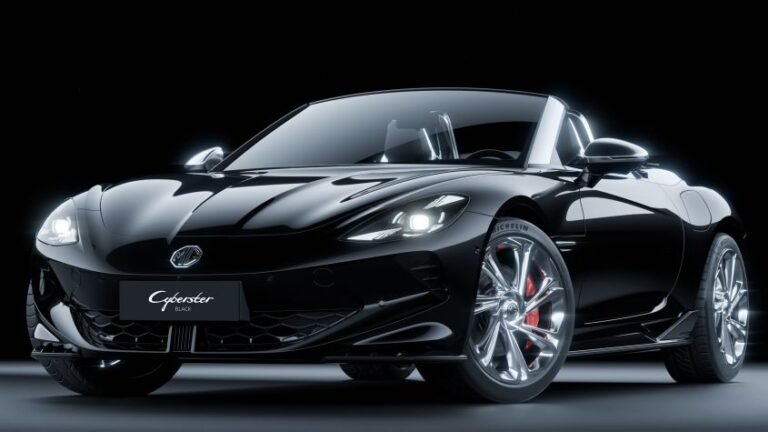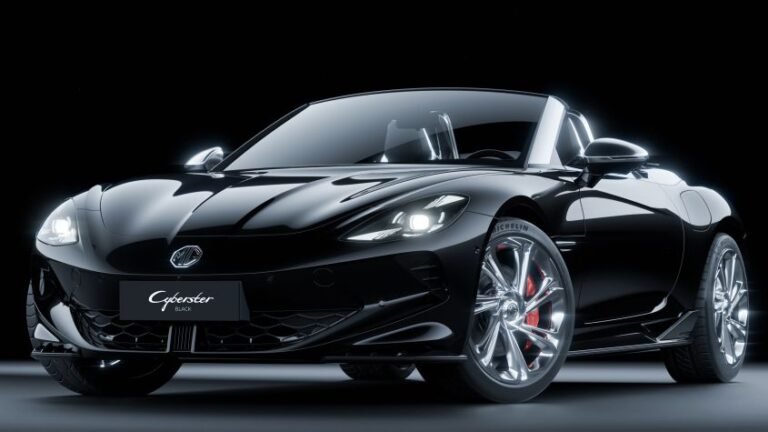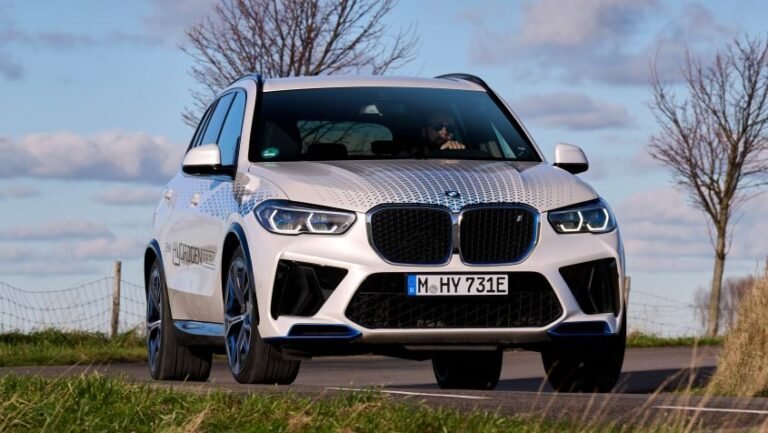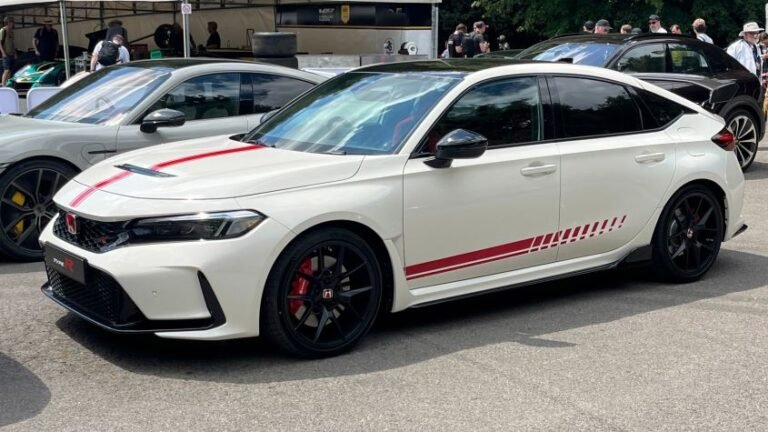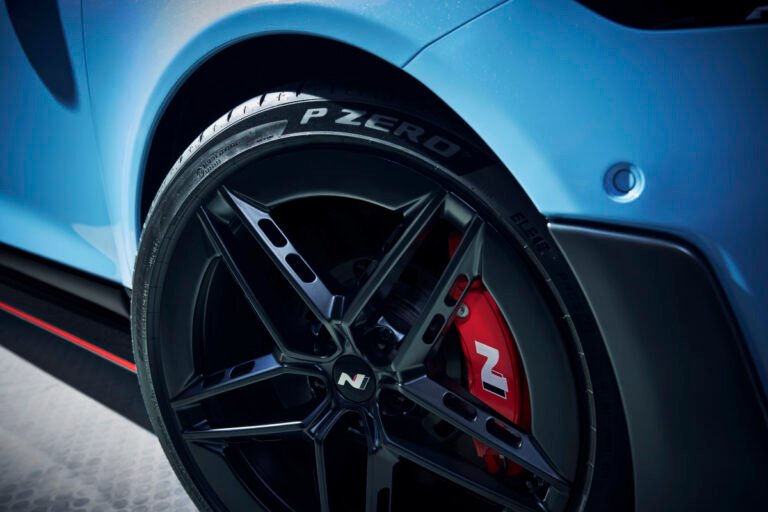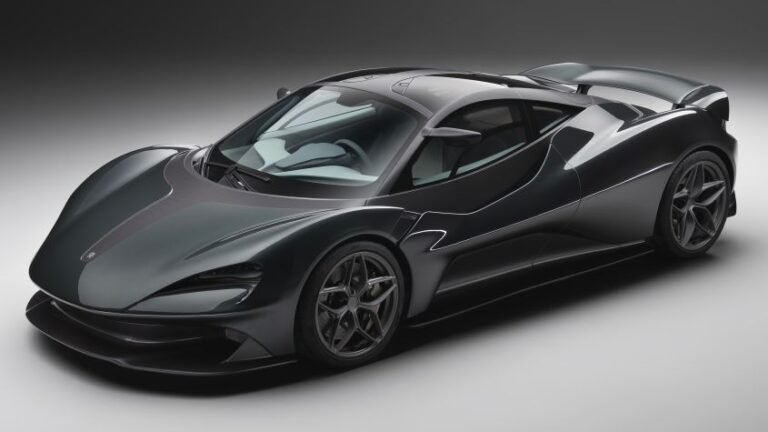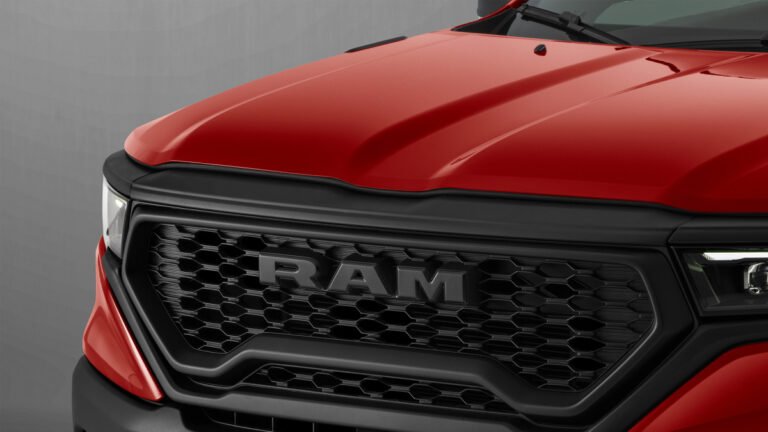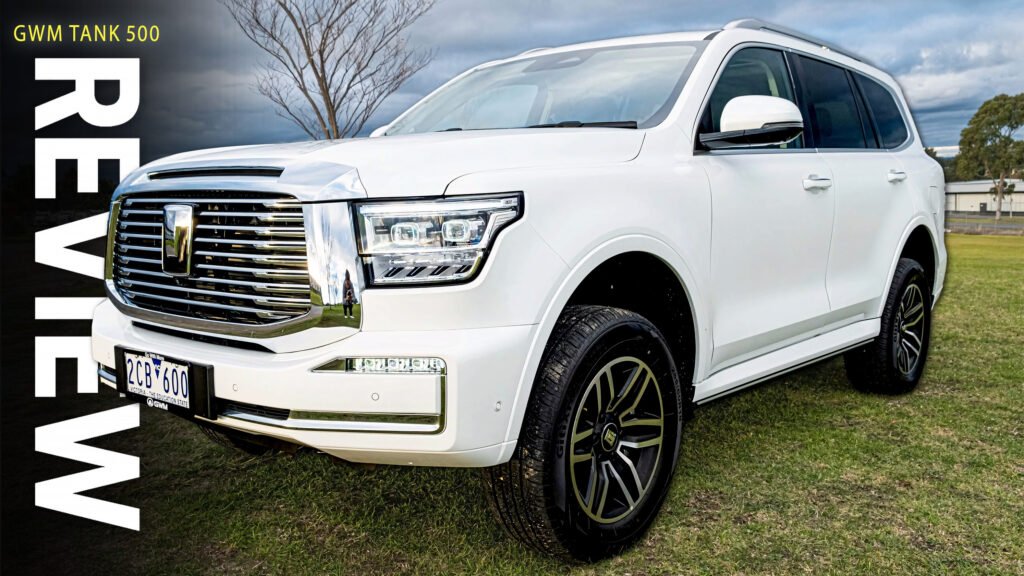

In recent years, Chinese carmakers have gone from underdogs to serious contenders in overseas markets, and nowhere is that shift more visible than in the SUV category. A standout example came in 2023, when GWM introduced the compact Tank 300, its proper off-roader, to Australia. With capable all-terrain performance and a competitive AU$46,990 (~$30,200) price tag, it quickly made a strong impression
Now, Great Wall Motors is following up with something significantly larger and more ambitious: the Tank 500, a full-size hybrid SUV designed to go head-to-head with long-time favorites from Ford, Isuzu, and Toyota.
Building on the Tank 300, the 500 brings added space, stronger performance, and a far more sophisticated tech suite. It’s been positioned to compete with some of the segment’s most popular offerings, including the Ford Everest, Isuzu MU-X, and the latest Toyota Land Cruiser Prado, SUVs known for handling everything from school runs to cross-country adventures.
The real question is whether a company once known for budget runabouts can really compete with the big names in this class. Surprisingly, the answer appears to be yes.
QUICK FACTS
SWIPE
Photos Brad Anderson/Carscoops
Two versions of the Tank 500 are sold in Australia: the Lux HEV and the Ultra HEV. Both share the same hybrid powertrain that comprises a 2.0-liter turbocharged four-cylinder petrol engine, an electric motor, and a nine-speed torque-converter automatic transmission. Combined power output sits at 342 hp (255 kW) and 478 lb-ft (648 Nm) of torque, two very solid figures indeed.
Like many other new cars from China, the price tag of the Tank 500 undercuts the competition. Prices for the Lux HEV start at AU$64,490 (~$41,400), including all fees, while the Ultra HEV, which we tested, is priced from AU$72,990 (~$46,900). To put that into perspective, prices for the new Land Cruiser Prado start at AU$78,552 (~$50,400) and top out at a massive AU$110,638 (~$71,000) for the flagship Kakadu trim.
Photos Brad Anderson/Carscoops
A Premium Interior
Given the Tank 500’s price, you may think the cabin would be as basic as they come. And you’d be wrong; the interior of the Ultra HEV feels fitting of something starting at six figures.
Dominating the cabin is a 14.6-inch infotainment screen situated in the center of the dash, just like in lots of other cars nowadays. This system supports wireless Apple CarPlay and Android Auto, but you don’t really need the as the standalone system is excellent.
As with other flagship Chinese vehicles we’ve tested recently, GWM has done a superb job of making its software snappy and detailed. If anything, it might be a little too comprehensive, and with so many different menus, it can be challenging to keep track of where some settings are located. But, given the price point, the suite of tech on offer is impressive.
Photos Brad Anderson/Carscoops
There’s a 12.3-inch digital instrument cluster, an excellent head-up display, driver and front passenger massaging seats, and configurable ambient lighting. I was also astonished to see that there are nine different levels for the heated front seats, as well as nine different levels of ventilation, whereas three are usually the norm. Admittedly, you don’t need that many, but they’re nice to have nonetheless.
Read: We Tested This Chinese SUV And It Wouldn’t Stop Yelling About Safety
There are also a slew of safety systems that come as standard. They include auto emergency braking, front cross-traffic alert, front cross-traffic braking, intelligent turning, lane change assist, rear collision warning, rear cross-traffic alert and braking, lane-keep assistant, and traffic sign recognition. Like some other GWM products, there is also a driver attention monitor, but it’s overactive and can be annoying. If you yawn, it’ll instantly and without fault suggest you take a rest.
Some Oddities
The good news is that all of these systems can be easily switched off in the settings. There are some strange quirks, like the seat memory settings being called ‘Memoria 1’, ‘Memoria 2’, and ‘Memoria 3’. Additionally, the off-road camera system is hidden under a menu called ‘Conqueror Perspective.’ The ambient lighting also includes some cheap-looking stars on the dashboard. I was also surprised to find that there were no floor mats.
The alarm system also has a weird quirk. Several times, I turned off the car, locked it, and walked away, only for the alarm to start blaring. A search through some owners’ groups revealed that if the sunshade for the panoramic sunroof is left open, and you lock the Tank 500, the alarm will ring six times, and the car will close the sunshade for you.

Fortunately, the rest of the cabin is excellent. GWM has fitted nice, soft-touch leather to the dashboard, transmission tunnel, steering wheel, seats, and door panels, making the cabin feel almost on par with a German SUV costing twice as much. There’s also some nice faux wood trim on the dash, metallic-feel switchgear on the console, and even an analog clock, reminiscent of a European design.
The second row is also well-equipped, featuring manual sunshades and a dedicated climate control panel. All Tank 500s sold in Australia are seven-seaters and space in the third row is on par with the likes of the Ford Everest and Isuzu MU-X. With the third seats in play, there’s a limited 98 liters (3.4 cubic feet) of cargo space in the rear, but when folded away, that increases to 795 liters (28 cubic feet).
It’s not just the interior of the Tank 500 that’s nice. It’s good to drive, too, and comes with plenty of impressive features for both on-road and off-road driving.
Photos Brad Anderson/Carscoops
The Good And The Bad
Let’s start with the negatives, the most worrying of which are the brakes. I’ve driven hundreds of cars, but I’ve never been behind the wheel of one with such a spongy brake pedal as the Tank 500. Around town, and when using small inputs, it’s not a big deal. However, if you have to brake heavily, the pedal will quickly push into the carpet.
The ride also leaves a little to be desired. It’s comfortable, but a little too soft and bouncy for my liking, as it pitches heavily under braking and during hard acceleration. Additionally, the front, side, and rear cameras appear on the main display whenever you use an indicator, and I couldn’t find a way to disable this operation.
Review: GWM Ora GT Proves The Chinese Mean Business
But there’s plenty of good stuff too in there. There are 11 different driving modes available, including basic options such as Eco, Normal, Sport, Snow, Sand, Mud, and Rock. There are additional modes available in the off-road section of the infotainment system. These include three configurable custom modes, allowing you to choose between 2H (rear-wheel drive), 4A (four-wheel drive automatic), and 4H (four-wheel drive high range). You can also adjust the responsiveness of the powertrain to Gentle, Comfort, and Radical, while also fine-tuning the steering and ESC settings.

Off-Road Chops
GWM has even added pre-configured ‘High speed off-road racing’ and, perhaps surprisingly given that it’s an SUV, a ‘Drift’ mode that turns off the traction control and puts the Tank 500 in rear-wheel drive. Of course, you don’t get an SUV to go drifting on car meets, but it’s good to know that you can if you so wish.
The off-roading features don’t stop there. There’s also off-road cruiser control and a function that allows the vehicle to lock the inside rear wheel, thus enabling tighter turns. However, it’s not a true tank turn like you’ll find in the electric G-Class or YangWang U8. As if all this software wasn’t enough to prove how serious GWM is with off-roading, the Tank 500 comes with three locking differentials. Yes, three, like a G-Class. Heck, there are even retractable side steps.
We tested out some of these modes and the locking diffs and were impressed. Despite having tarmac-oriented tires, the Tank 500 feels right at home along challenging off-road trails. However, the front and rear bumpers do hang quite low, impacting the approach and departure angles.

Out on the street, the Tank 500 obviously feels big, but the steering is nice, light, and surprisingly direct. Admittedly, it’s also void of almost any feel. Should you feel a little antsy, there’s even a launch control system, and the Tank can hit 100 km/h (62 mph) in a little over 7 seconds.
The hybrid system is good, but not great. If driven in anything other than Sport mode, the Tank 500 initially uses the electric motor, before the engine kicks in at around 10 km/h (6 mph). Off the line and pulling out of corners, you have to depress the throttle quite a lot for the ICE to kick in and really start moving. Sport mode improves this, but doesn’t eliminate it entirely. One thing I did like is that there are three different settings for the regenerative braking.
Fuel efficiency is also quite poor considering it’s a hybrid. GWM claims 8.5 l/100 km (27.6 US mpg) over the combined cycle, but I averaged 14.1 l/100 km (16.6 US mpg), primarily over inner-city and highway driving. You’ll get much better efficiency in a Land Cruiser Prado, MU-X, or Everest with a diesel engine. GWM is working on a non-hybrid diesel, set to launch in the coming two years, which could be an improvement.
Photos Brad Anderson/Carscoops
An advantage of having a petrol-hybrid, rather than a diesel, is that the Tank 500’s powertrain is much quieter than its rivals. As it intelligently switches between electric and petrol power, it remains quiet and feels stress-free.
The Tank 500 has a quoted payload of 790 kg (1,741 lbs) and a 3,000 kg (6,613 lbs) towing capacity. That’s good, but it falls short of the 3,500 kg (7,716 lbs) you’ll find in some of its competitors.
Verdict
I’ll admit, I didn’t have high expectations going into my week with the Tank 500. However, I was impressed by the amount of technology and equipment GWM has installed for the price. Compared to its rivals, it’s a genuine bargain. In Ultra guise, the interior is superb and feels well-crafted.
Compared to some of its rivals, the longevity of the Tank 500 remains unproven, thus I’m not sure I’d trust it to hold up as well over the cross-country trips that owners of its rivals often take. Given all the tech it has, there’s plenty of stuff that could possibly go wrong. Fortunately, GWM does offer a seven-year, unlimited-kilometer warranty. Since, apart from the mushy brakes, consumption is its most notable downside, I’m very interested in testing out the diesel version when it arrives.
Photos Brad Anderson/Carscoops
